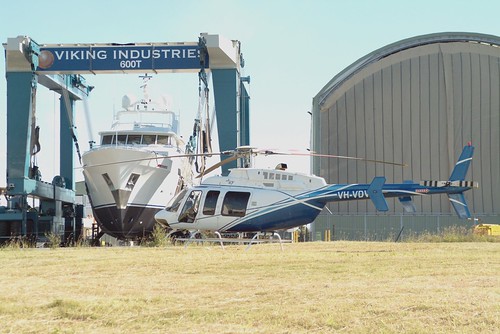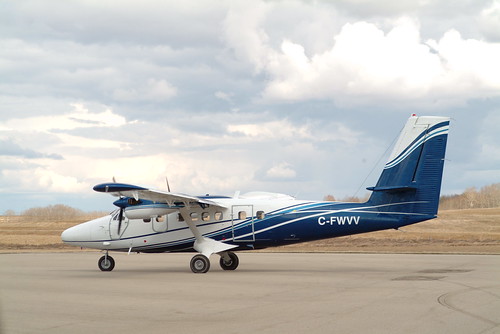Hang on. Not all towplanes are taildraggers, so don't count out towing gliders in a Cessna 182A, or my Cessna 150 with 180 HP engine & climb prop. Both tow quite well at my high elevation (5,000' msl) at Marfa in west Texas.
As a Commercial Soaring Operation, I find more towpilots by NOT having a taildragger towplane, and with the tricycle gear on mine, we can tow in winds that a taildragger pilot might not want to deal with.
I grew up with lovely old J-3 Cubs in Florida, but since I'm now the CFIG / DPE back in the glider, I don't mind being towed by my Cessnas. Towhooks were factory options, so they are easy to install on tricycle gear Cessnas, by the way.
There is one easy-to-read book on being the towpilot called "The Towpilot Manual", available from SSA merchandise at
www.ssa.org or at
www.bobwander.com
The booklet is $12 bucks and has most everything you need to know about flying the towplane, including the risks, and FAR 61.69 which shows the FAA training requirements (for your towing endorsement) and the 12 month tow currency requirements. Don't forget the re-currency part.
So, 4 tows = one hour of flyin' time to log. Find the nearest glider club or Commercial Soaring site to you at
www.ssa.org Click on the "Where To Fly" map.
Glider Towing is challenging, fun and good stick 'n rudder flyin'.
Burt
Marfa Gliders, west Texas
www.flygliders.com
 while they've got a view limiting device on. There is some responsibility there, though.
while they've got a view limiting device on. There is some responsibility there, though.
